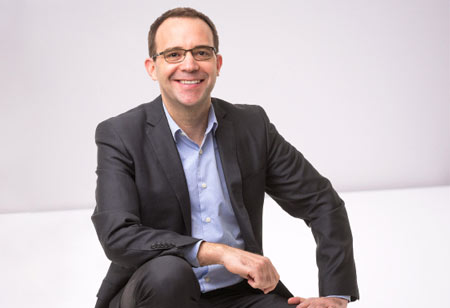The global population is forecast to surpass 9 billion people by 2050. As our population grows, so does the demand for food, particularly quality protein. Most food is currently produced on land, and nearly all the world’s fertile land is already in use. Given that 70% of the planet is the ocean, farmed seafood (aquaculture) represents a compelling way that we can address the food supply challenges we face in the years ahead in a sustainable way.
Seafood has comparatively low feed conversion rates (FCR) compared to land-based animals, which means that it takes less feed for a fish to grow to a given size. For example, it takes less than 1.2kg of feed to produce 1kg of salmon. This lower feed input has obvious food chain benefits compared to the relatively high FCRs of most other animals.
Blue AgTech describes the application of technology and aquaculture best practices aimed at improving farming outcomes. At Tassal, we consider ourselves leaders in Blue AgTech, with recent examples of initiatives that have driven significant improvements in FCR and increased growth rates of both our Salmon and Prawns. These improvements have also helped to reduce our impact on the environments in which we farm.
Additionally, with the introduction low code software platforms to digitise many farming processes, we have enhanced the operational integration between our farming teams with the control centre and significantly improved the amount of real-time operational intelligence we have
In 2018 we introduced a salmon ‘feed centre’ and were one of the first aquaculture companies in the world to do this at scale. Through this initiative, we have high-definition underwater cameras to monitor and manage our salmon feeding processes and environmental sensors to measure water temperature and oxygen levels. High-speed telecommunication networks that extend to our ocean-based farms enable this data transfer. The feed centre has since evolved into a control centre, with the consolidation of a number of operational activities now being undertaken. Additionally, with the introduction low code software platforms to digitise many farming processes, we have enhanced the operational integration between our farming teams with the control centre and significantly improved the amount of real-time operational intelligence we have.
At our prawn farms, we use OT systems for environmental data collection. These integrate with our IT systems to give our farm managers insights into the performance of our livestock. Recently we implemented feeding systems that use AI to automatically sense when the prawns are hungry based on noise signals from hydrophones in the ponds to optimise feeding. We are also deploying machine vision technology to our salmon feeding systems to augment the capabilities of our feed technicians and optimise the feeding processes. These technologies have driven further improvements in growth rates and better FCRs for both species.
In the years ahead, technology will underpin multiple improvements in how we farm. From fish husbandry with machine vision for early identification of health issues, AI-based farm and vessel maintenance systems, optimised value chain through end-to-end digitisation, and even remote or autonomous underwater drones to minimise the need for human intervention. Aquaculture and Blue AgTech are fundamental to supporting our ability to feed everyone in the coming decades.



